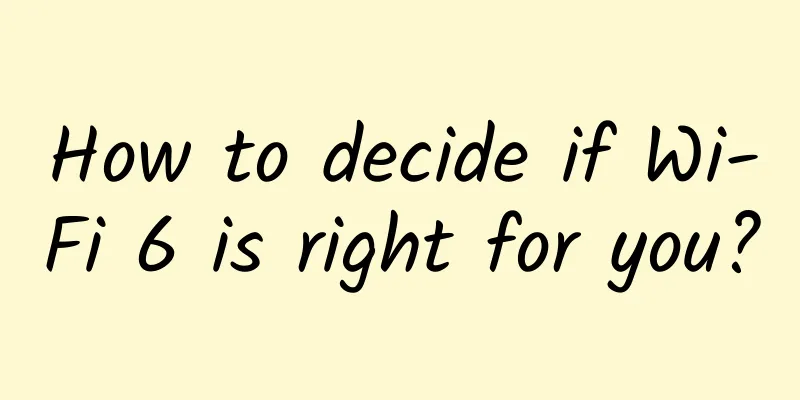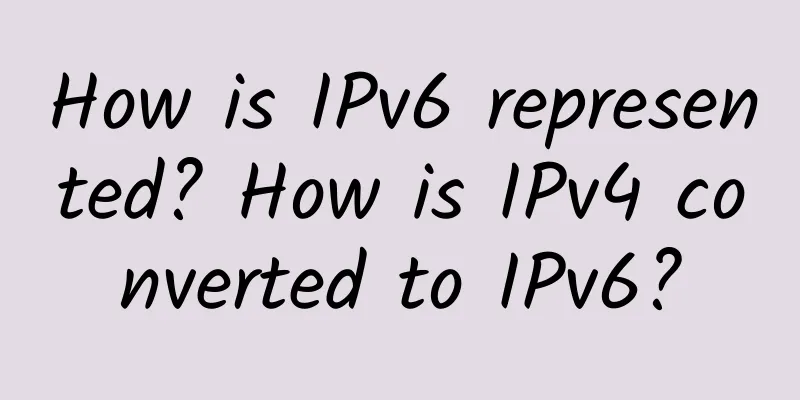GSA report: Global application status of LTE and 5G in Sub 1GHz spectrum

|
GSA released a report that believes that the frequency bands below 1 GHz are essential for expanding 5G NR coverage in all urban/suburban/rural deployment scenarios, ensuring service continuity across different regions, improving service quality in indoor environments, and helping to narrow the digital divide. Mobile operators require spectrum below 1 GHz, and these bands will also play an important role in the industry creating private networks. For these reasons, GSA expects that in the next few years, the number of auctions of spectrum below 1 GHz will increase, and 5G NR deployments using allocated spectrum licenses will also increase.
GSA also released other key data:
40 countries have announced formal (date-specified) plans to allocate suitable frequencies for 5G below 1 GHz between now and 2022 (including technology-neutral licenses or licenses for mobile broadband services). Of these, 35 are planning to auction/allocate 700 MHz of spectrum. LTE uses several key spectrum bands below 1 GHz. Many of the same frequency bands are also used for networks based on 2G or 3G technology and for 5G.
101 operators have been identified as investing in the APT 700 MHz spectrum (Band 28: 703–748 / 758–803 FDD), including 99 operators with licenses, while 57 GSA has identified as having launched commercial LTE services in this band. GSA also identified 99 operators investing in LTE in one of the U.S. 700 MHz bands (Bands 12, 13, 14 or 17), which between them cover 75 MHz within 699 MHz and 798 MHz. Of these, 81 have launched LTE networks using one of these bands. Band 20: (832–862 MHz / 791–821 MHz) is the most commonly used band, with 225 operators investing in LTE in this frequency range, including 198 believed to have launched networks, 25 other licensed operators, and two more planning networks. |
<<: 80% of users face challenges in PoE deployment
>>: Four leading geese: the starting point for large-scale commercial use of 5G to B
Recommend
Global fiber shortage threatens 5G and data center infrastructure
According to a report by the Financial Times (FT....
Manufacturers begin to correct mistakes, is 5G adjusting its direction?
It has been more than two years since the country...
Get WiFi signal first before enjoying the three-day New Year holiday
The New Year is coming, say goodbye to 2018, and ...
EtherNetservers: Los Angeles VPS starts at $12 per year, 1GB/30GB/2TB/2IP, supports Alipay/PayPal
EtherNetservers' cheap annual VPS is currentl...
5G is more complex than you think
In the future, 5G networks are developing in the ...
Don’t be pessimistic: 5G has started quickly, but the power has just begun to show
China’s 5G licenses have only been issued for a y...
UUUVPS: 60 yuan/month-1GB/30GB/4M/Hong Kong CN2 line
UUUVPS is now holding a three-year anniversary ev...
Talk about Kerberos kinit command and ccache mechanism
1. Introduction Hello everyone, I recently encoun...
80VPS: Hong Kong CN2 server monthly payment of 600 yuan, E5-26**V2/16GB/1TB or 600G*2/20M bandwidth, optional CN2 high defense
80VPS is a long-established Chinese hosting compa...
China Mobile's 5G package customers increased by 15.593 million in March, reaching a total of 188.761 million
[[394613]] On April 20, China Mobile announced it...
Singapore to shut down 3G and reallocate spectrum for 5G
Singapore will shut down its 3G network in July n...
Easy to understand, this article will introduce you to the HTTP protocol?
1. What is http? Http protocol is Hypertext trans...
Major upgrade! AsiaInfo Security releases the high-performance AE 40G antivirus software, creating the first level of border protection
At 2 pm on April 17, AsiaInfo Security's AE V...
Huawei Cloud Technology Private Conference Special Edition: Experts share the key points of cloud computing: "hard, specialized, fast and stable"
[51CTO.com original article] The early winter in ...
Five-year action plan for new infrastructure in the transportation sector released
As one of the main driving forces of urban develo...









